TO
1 - 25 of 7
| Creator | Title | Description | Subject | Date | ||
|---|---|---|---|---|---|---|
| 1 |
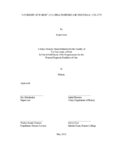 |
Davis, Ryan | "A torrent of words": colonial printers and the public, 1765-1775 | Although printers had long been important in colonial society and politics, it was not until 1765 that they fully realized their potential in shaping colonial attitudes and behavior. With Parliament's institution of the Stamp Act, an outraged public insisted that newspaper publishers assume a more a... | Printing; social aspects; United States; history; 18th century | 2012-05 |
| 2 |
 |
Reyna Rivarola, Alonso Rafael | "Aguantamos porque no nos Queda De Otra" (we holdup because we have no other option): Everyday resistance in the lives of Latina immigrant U.S. hospitality industry workers | Latina immigrant workers in the United States are often rendered invisible by mainstream society. These women, especially when fulfilling service occupations, such as hotel housekeeping jobs, are expected to work in silence and in deference to those in "higher" positions of power (e.g. supervisors a... | Hospitality industry; employees; United States; Hispanic American women; employment | 2013-06 |
| 3 |
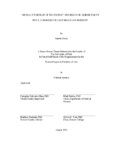 |
Doxey, Lauren | "An exact portrait of the people": the need for Gender Parity in U.S. congress for legitimate government | Though women received the right to vote in 1919 with the ratification of the nineteenth amendment, women still hold few elected positions. In the United States Congress, women make up 19.4% of the body. When groups are not represented fully, this affects the quality of the representation they recei... | Women legislators; United States; attitudes | 2016-08 |
| 4 |
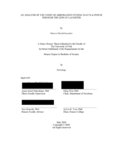 |
Gonzalez, Marcos David | An Analysis of the Court of Arbitration system: Status & Power Through the Lens of Laugther | Laughter is a nonverbal communication that demonstrates status and power across contexts such as hospital wards, fraternities, and even the United States Supreme Court. While it may be humorous in nature, the implications of laughter as a symbol that gathers perceived status, a mediator of social hi... | United States; Court of Arbitration | 2020 |
| 5 |
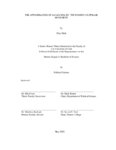 |
Shah, Diya | The appropriation of Sacajawea by the women's suffrage movement | This project examines why Sacajawea was an attractive figure to be resurrected and appropriated during the U.S. suffrage movement, especially in the 1890s to 1920s. To understand the construction and use of Sacajawea, I analyzed about 25 newspaper articles published about Sacajawea in the 1900s and ... | Sacagawea Women; political activity; United States; Women; suffrage; United States | 2015-05 |
| 6 |
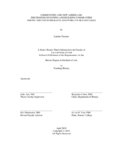 |
Troester, Landon | Communities and New Americans: the Process of Joining and Building Communities Among 1880-1920 Immigrants and World War II Refugees | During the late 19th and early 20th century, the United States faced substantial changes in the nature of European immigration to the country. Unlike previous phases of immigration, many of the European arrivals were from Southern and Eastern Europe, and as a result struggled to identify existing cu... | United States; Displaced Persons; American | 2019 |
| 7 |
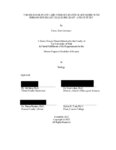 |
Lawrence, Derek John | Porous fluorapatite and hydroxyapatite scaffolding with human osteoblast cells bone graft: a pilot study | The incidence of bone injuries and defects in the United States has continued to increase in recent years, prompting the need for surgical interventions to repair them [1]. Currently in use are several interventions, autografts, allografts, and manufactured apatites, each with their own benefits and... | United States; fluorapatite; temperatures | 2022 |
1 - 25 of 7
